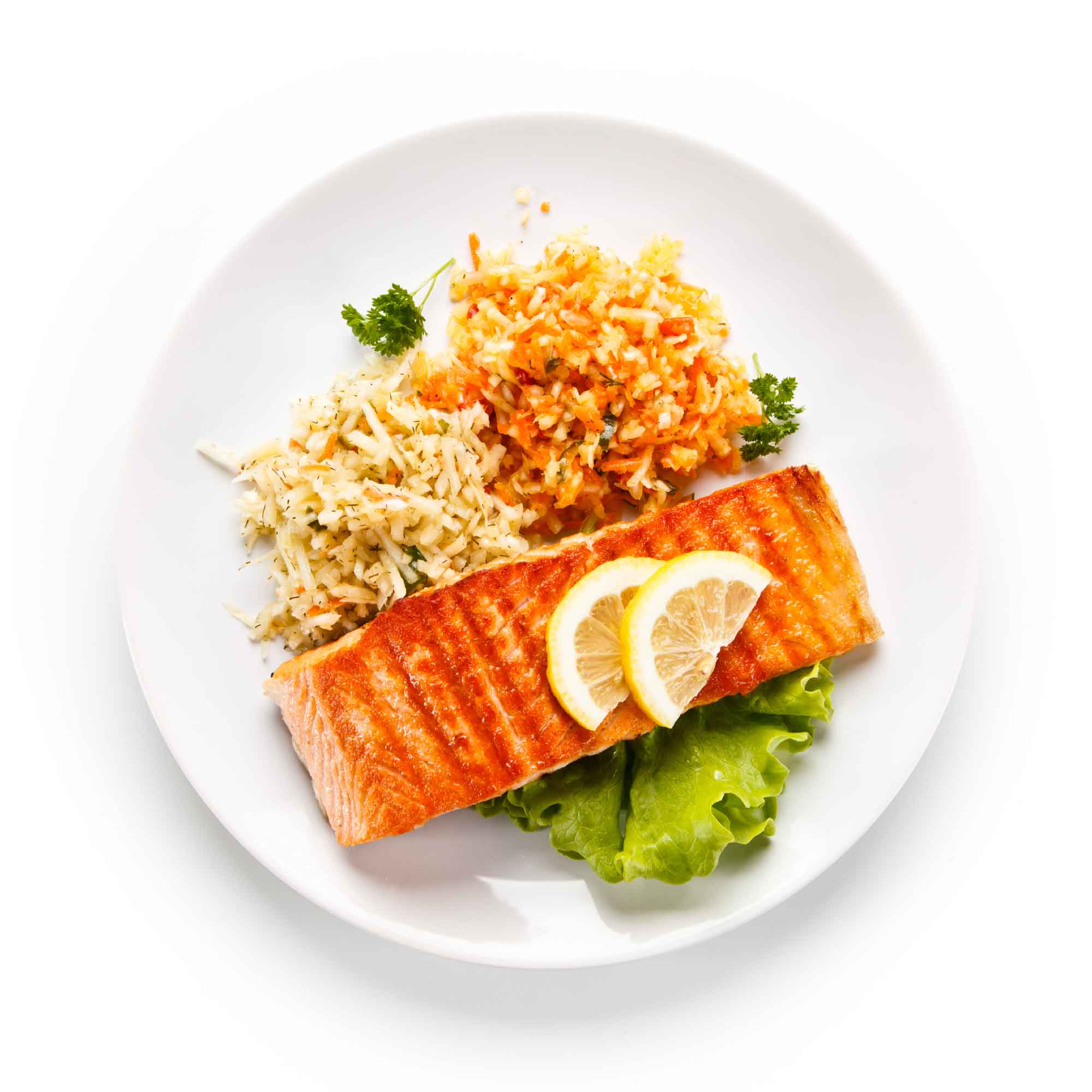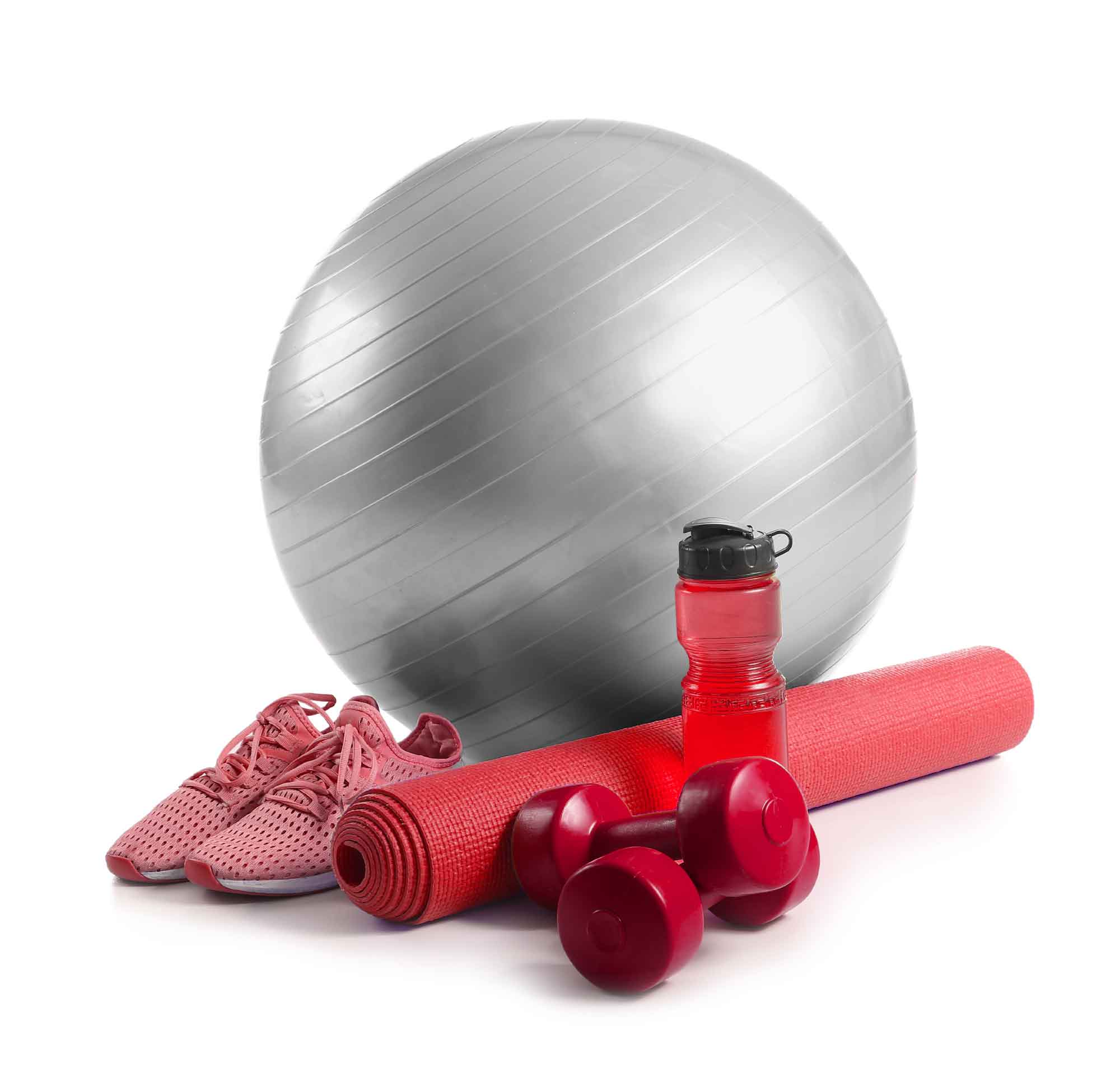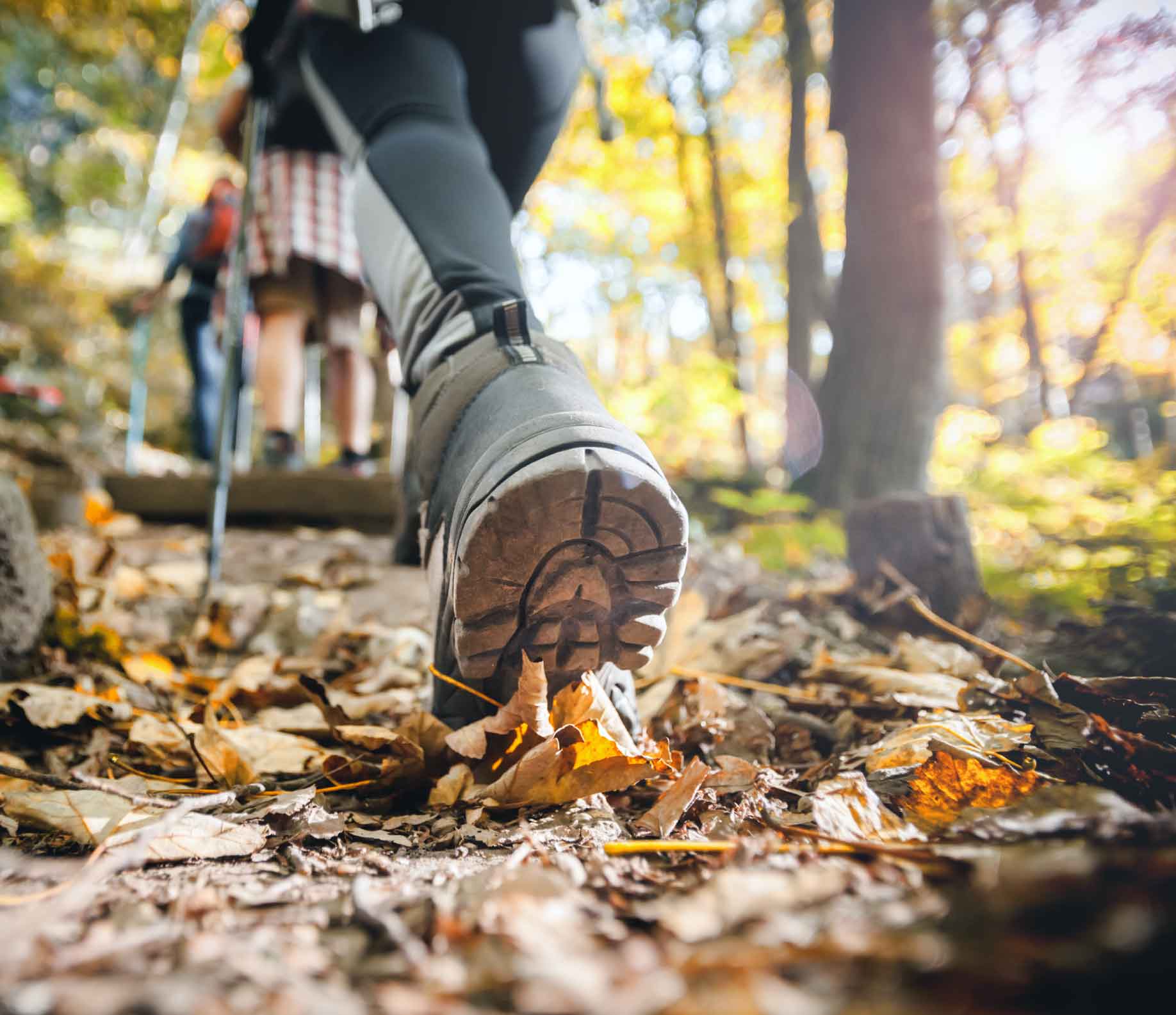Healthy Living
and Prevention

Eat Smart
Add Color


Move More
Be Well
Healthy
Lifestyle Choices
Did you know that people who work in stressful jobs are more likely to have hypertension? We’ve previously discussed how high blood pressure and hypertension can have a negative affect on our circulatory system. This week, we’re diving into how you can prevent several factors that can cause hypertension and high blood pressure.
EverydayHealth.com says that there are several factors that we can’t control such as age, family history or ethnic disposition. However we can control our lifestyle choices, which also have a huge impact on our blood pressure. EverydayHealth.com offers these suggestions:
- Maintain a healthy weight – Carrying excess weight can raise your blood pressure. With the holidays fast approaching, starting a workout regimen could help keep those holiday bonus pounds off.
- Balance your diet – Eating well can keep extra weight off. Consume potassium-rich fruits and veggies in addition to limiting your sugar, salt and fat intake. Alcohol consumption is another factor in high blood pressure due to high fructose content.
- Reduce sodium intake – Reducing the amount of sodium in your diet can also help lower blood pressure. Also note that while processed and prepackaged meals make quick dinners, they tend to be higher in sodium.
- Exercise regularly – Regular exercise is imperative to a healthy lifestyle and cardiovascular system. It helps us use up the sodium and sugar we eat, as well as keep off excess weight.
We hope these four tips will help you avoid the negative impacts of hypertension and high blood pressure.
Trail Tips
Staying active is vital to leading a heart-healthy lifestyle. But did you know that exercise is important for more than just our hearts? The veins and arteries that make up our cardiovascular system also need exercise to help them stay strong.
We are lucky in Anchorage to have many trails with amazing views. Don’t use the weather as an excuse. If it’s cold outside, bundle up and move faster. Here are some of our favorite trails.
- Chester Creek Trail – This 4-mile route snakes through Anchorage’s greenbelt and around Westchester Lagoon before returning to Russian Jack Park.
- Campbell Creek Trail – This South Anchorage trail shadows the lazy water of Campbell Creek for 7.5-miles, past local hotspots the Peanut Farm and Arctic Roadrunner.
- Ship Creek Trail – This short, 2.6-mile jaunt follows Ship Creek past the Alaska Railroad depot and runs into the Glenn Highway bike path.
- Tony Knowles Coastal Trail – This trail follows the water from Anchorage to Kincaid Park and offers spectacular views of Anchorage and the Chugach Mountains.

7 Easy Tips for
Improved Circulation
Fact or fiction: sitting with your legs crossed is harmful to the health of your heart and veins. While many believe this statement to be true, Medical Daily recently busted this myth, stating that your posture and extended sitting are actually the culprits not crossing your legs.
Studies show that, in addition to stretching regularly throughout the workday, good posture and walking can help improve circulation and have lasting benefits for the health of your entire body. LiveStrong.com offers seven easy tips for improving circulation when sitting for prolonged periods of time, including:
- Purchase an ergonomic chair or a comfortable chair with padding.
- Sit with your back in a straight position. Do not slouch.
- Place your feet flat on the floor or use a footrest if your chair is too high.
- Sit on a pillow if your chair is too low, or adjust your chair to the appropriate height.
- Take a break and walk around the office at least once every hour.
- Use padded armrests on your desk.
- Cross and uncross your legs to redistribute pressure and encourage blood flow.
The American Heart Association (AHA) states that sitting for prolonged periods of time is one of the biggest factors contributing to heart disease and obesity. While these seven tips will help improve circulation while sitting, the best advice we can offer is to get up and get walking as often as possible. According to AHA, walking can lower your risk of high blood pressure, high cholesterol and diabetes as much as running can. If your work requires you to sit for long periods of time, incorporate these tips into your daily routine and make time for short walks.
Heart-Healthy Lifestyle
Means Reducing Sugar Intake
Sugar is one of those ingredients that seems nearly impossible to avoid. It’s in everything from the bread in your pantry to the turkey in your fridge. Studies show that the consumption of sugar has gone up exponentially since the early 1900s, which many vascular physicians believe is a main factor in increased venous issues.
According to an article by NaturalNews.com, circulation issues such as varicose veins are linked to increased levels of insulin in our bodies. Sugar is one culprit for increased insulin levels and often results in undue pressure on the body and veins. If your body does a poor job of absorbing this excess insulin, it can lead to chronic inflammatory states that damage blood vessel walls and ultimately lead to varicose veins.
A great way to fight potential varicose veins is to lead a heart-healthy lifestyle and reduce the amount of sugar you put in your body. Increasing exercise, as well as the amount of vegetables, healthy fats and organic protein in your diet are all great ways to do this.
